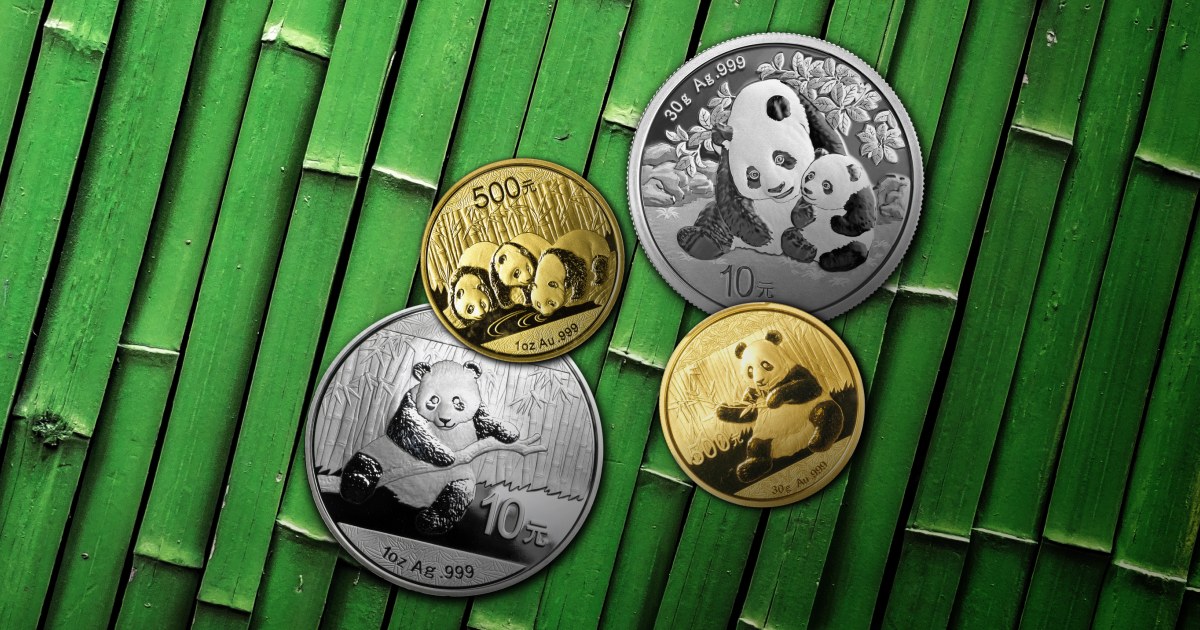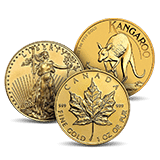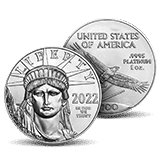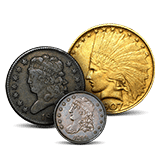
The Chinese Panda bullion series has captivated collectors and investors since its inception in 1982. It is celebrated for its annual design change and impeccable craftsmanship. In 2016, a change was made to the series: The Gold and Silver Panda series transitioned from the traditional troy ounce weight system to metric units, setting it apart from other bullion coins. This change was a strategic decision rooted in cultural, economic, and practical considerations.
Historical Context of the Panda Coin Series
The Chinese series began with Gold Chinese Panda coins in 1982, which quickly became a staple in the bullion world. The coins were first issued in troy ounces—1 oz, 1/2 oz, 1/4 oz, and 1/10 oz—each crafted from .999 fine gold. By 1983, silver Panda coins were introduced, and in subsequent years, bi-metallic, platinum, and commemorative editions further diversified the series.
The Panda coins are minted by the China Gold Coin Corporation (CGCC), showcasing China’s artistic and minting expertise and promoting wildlife conservation. Featuring the beloved giant panda, an international symbol of conservation unique to China, the series resonated with collectors globally. The series evolved to metric units in 2016.
The Transition to Metric Units in 2016
Domestic Consistency
China, like most of the world, uses the metric system for weights and measures. Transitioning the Panda coins to metric weights aligned with domestic practices, which made the coins a more intuitive choice for local investors.
International Standardization
Although larger products like 1 kilo silver bars are produced in metric weights, the bullion market has traditionally adhered to troy ounces while most countries around the world use the metric system. Switching to metric units made the Panda coins more accessible and appealing to a global audience, particularly in countries where the metric system dominates.
The metric system was not entirely new to the Panda series. In 1983–1985, silver Panda coins were issued in 27 gram weights, and in 1991, a 1g gold coin was introduced as part of the “Panda Gram” series. Larger coins, such as the 1kg gold Panda (1999) and 1kg silver Panda (1998), had long adhered to metric measurements. The full transition in 2016 unified the series under a single weight standard.
Market Differentiation
The Panda series is unique in its use of metric weights, distinguishing it from competitors which continue to utilize the troy system, like the American Eagle series. This differentiation strengthens the Panda’s identity in the global bullion market.
Chinese Panda Weight Changes
With the 2016 transformation, the Panda coins adopted new metric weight denominations:
- 30g 500 yuan issues replaced the 1 oz coins (previously 31.1035 grams).
- 15g 200 yuan issues replaced the 1/2 oz coins.
- 8g 100 yuan issues replaced the 1/4 oz coins.
- 3g 50 yuan issues replaced the 1/10 oz coins.
- 1g 10 yuan issues replaced the 1/20 oz coins.
This adjustment simplified weight denominations while maintaining the coin’s .999 fineness. Despite their legal tender status, their market value far exceeds their face value due to intrinsic material and collectible appeal.
Artistic and Cultural Significance
The giant panda depicted on the reverse of each coin is the national animal of China. The panda embodies tranquility and resilience. Its universal appeal has made the Panda a global ambassador of Chinese artistry and values.
Annual Design Updates
Reverse Design
One of the Panda coin’s most distinctive features is its annual design change. Each year, the reverse features a new depiction of the giant panda, ranging from playful poses to serene natural scenes, making the Panda series highly collectible. In contrast, other major bullion coins retain the same design year after year.
Obverse Design
The obverse of the Panda coin consistently features the Temple of Heaven in Beijing, a symbol of China’s rich history and cultural heritage. This iconic image contrasts with the dynamic reverse, providing a stable design element.
Legacy and Impact
The transition to metric units in 2016 solidified the Chinese Panda’s place as a globally accessible coin. By blending artistry with practicality, the Panda series continues to captivate collectors and investors, ensuring its legacy as one of the world’s most iconic bullion coins.




